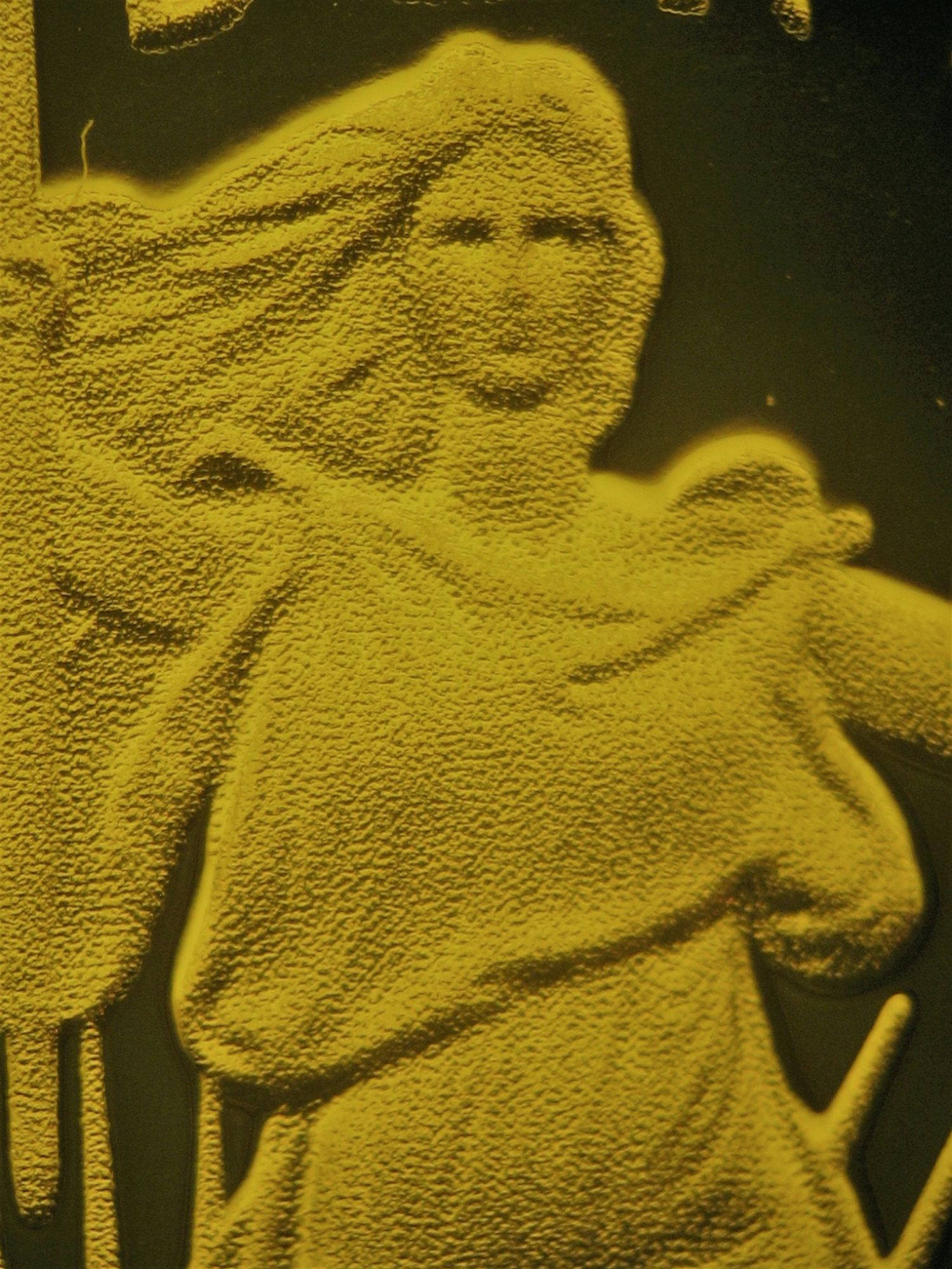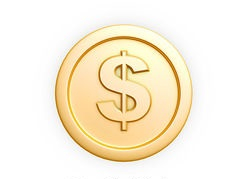Options
A word of warning about future counterfeits...
 Insider2
Posts: 14,452 ✭✭✭✭✭
Insider2
Posts: 14,452 ✭✭✭✭✭
At one time, our government made dies with extremely sharp relief. If you look closely at one of those old coins - say an 18th or early 20th Century gold half eagle - its field is flat and when it gets to a letter there is a sharp right angle. I can think of fewer that a half dozen gold coins dated before 1830 that counterfeiters have attempted to fake. There is a good reason. These coins are sharp. Most gold counterfeits I've run into are dated after the 1850's. Counterfeiters had a much easier task after the Janvier reducing lathe was put into use in 1907. The relief of our genuine coins became softer and more rounded.
Check out this 2011 $5 Gold eagle at 20X.

6
Comments
...this is where computer authentication programs will come in to save us...think if it could accurately count each of the grits when blown up 100x...grading is a different story but there really shouldn't be any subjection for authentication, and no set of human eyes can do what a computer can do
The US Mint now puts the frost on the devices using a laser.
That image certainly shows the laser stippling effect.
Computer use in designing coinage is inversely proportional to artistic result at the end. I think it is, or will, make those designs easier to copy than real pieces of art.
Here's a way to go.

This is certainly a valid input... that being said, counterfeiters will always be with us and their skills evolve to suit the challenge. Even artificial tarnish is a form of counterfeiting... and very profitable with only a smidgen of effort. Cheers, RickO
I seems to me that the laser frosting has improved a bit since circa 2011-12. I thought that the frosting on the Star Spangled Banner coins, especially the gold piece, was really ugly. I think that it has improved since then.
I still hold to the belief that average collectors are always going to be subject to counterfeits. It just gets worse as time ticks forward.
And yes, Ricko, the AT thing is a real problem.
Pete